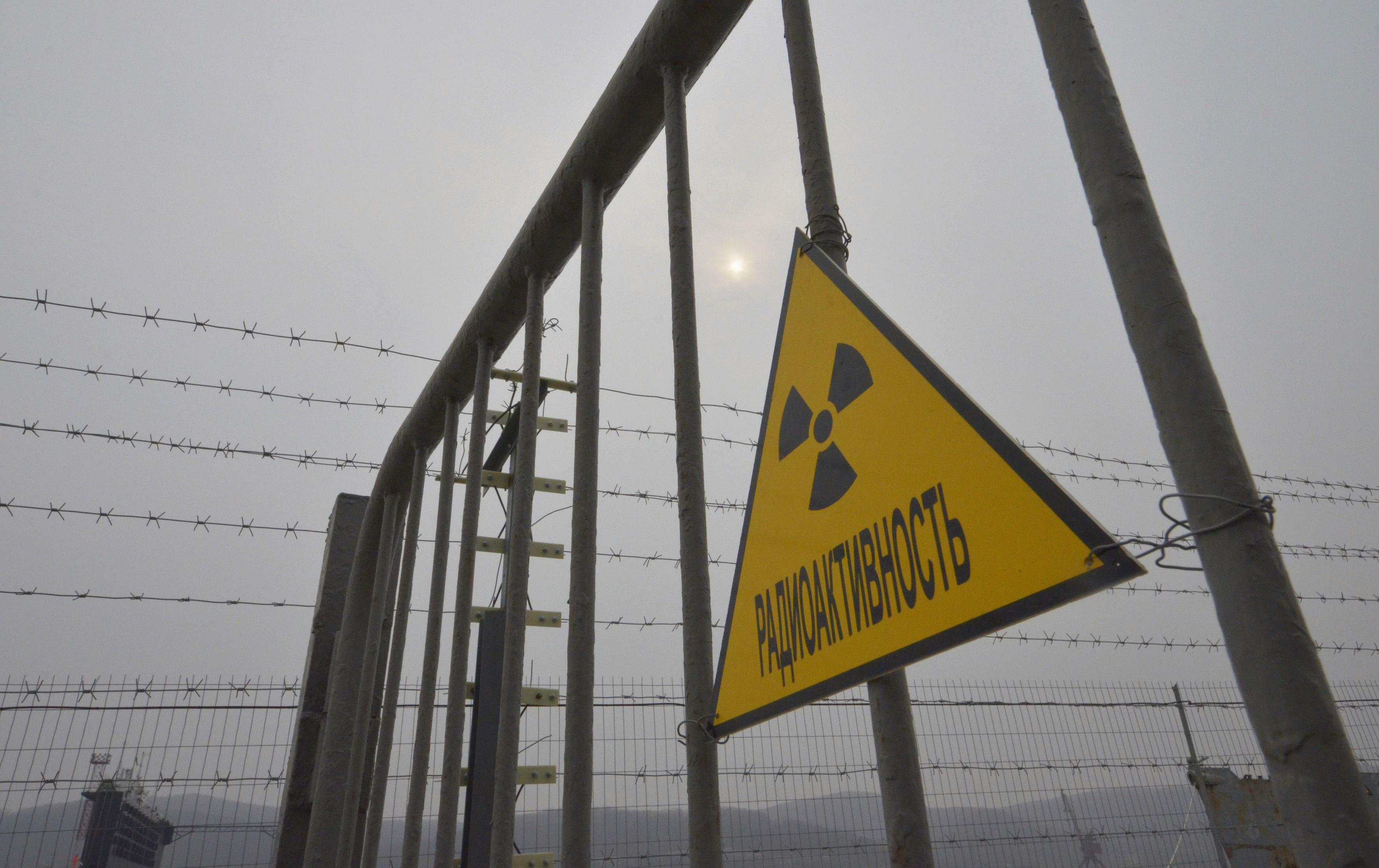
It’s tempting to believe that scientific discoveries can be weighed for their value to society. Then the good ones could be pursued and the bad ones set aside.
That’s obviously hard to do. Think about progress that happens by accident. Who’s to judge whether its eventual use is most likely for healing or killing?
That’s the situation that followed a serendipitous discovery a few years ago. Chemists in Germany were looking for a way to separate compounds when they stumbled upon a finding that could lower the cost of making fuel for nuclear power -- or lower the technological barriers to making nuclear weapons.
In 2010, with commercialisation looming, the American Physical Society petitioned the US Nuclear Regulatory Commission to assess this new technique, which employs lasers to separate isotopes of uranium. The physicists hoped such an assessment would alert those trying to stop the proliferation of nuclear weapons and encourage a more careful adoption of the technology for peaceful uses. The NRC said no, and the technology was licensed to Hitachi and General Electric, but a Princeton University physicist has now done an independent assessment. He says the laser technique might be attractive to states seeking a clandestine weapons programme.
“If this takes off we could have a serious problem,” said Ryan Snyder, who works for the university’s programme on science and global security. He published his assessment in the current issue of the journal Science and Global Security.
To make natural uranium into bomb-grade fuel, the ratio of two naturally occurring isotopes, Uranium-235 and Uranium-238, have to be skewed so there’s a higher concentration of U-235. Scientists had realised for decades that the two isotopes would absorb laser light at different frequencies, and that this could be exploited to concentrate the far more explosive U-235.
Teams at the national labs at Livermore and Los Alamos had tried to develop the technology back in the 1980s, said Snyder, but no one had figured out how to make it economical. It was easier to exploit the weight difference between U-235 and U-238 using centrifuges to separate them.
The serendipitous German discovery could change things. Laser light can be tuned to cause the U-235 to vibrate. By adding some inert carrier gas, he said, they can get molecules of the gas to stick to the U-238 but not to the vibrating U-235. That magnifies the weight difference, making it much easier to separate the two forms.
The German researchers were trying to separate other compounds, but an Australian company recognised the potential to separate uranium. That company eventually licensed the technology to Hitachi and General Electric for use in creating enriched uranium for power reactors. That effort has stalled for economic reasons, but groups trying to make weapons may be more interested in stealth than economy.
The details of laser enrichment are proprietary, but Snyder was still able to conduct his own assessment. It took him about three weeks to get a general idea of how it would work. Eventually he could see how it could be configured to make weapons-grade fuel, he said.
Producing nuclear fuel that way might require less space and less energy than the standard practice of using centrifuges, he said. Importing the lasers might give away a clandestine programme, he said, but detection would be tricky, given the number of other reasons a country would import lasers.
It can’t hurt to be more aware of alternatives to centrifuges. In the late 1980s, Iraqi facilities were enriching uranium with one of the technologies developed in the Manhattan Project but never used since. Called electromagnetic isotope separation, it relies on giant magnets to separate isotopes. Weapons inspectors weren’t on the lookout for the magnets needed to do this, said Princeton physicist and arms control expert Frank von Hippel, and so the programme was able to go on for several years undetected. By the 1990s, UN weapons inspectors did eventually discover the Iraqi programme and force its dismantlement.
It’s impossible to prevent scientists around the world from figuring out the science of nuclear weapons. So far only nine countries have the bomb, thanks in part to luck, monitoring and the fact that most countries don't want one.
One year ago, Iran entered a nonproliferation agreement with the United States, Britain, France, Germany, Russia and China and has since then shipped nuclear fuel out of the country and dismantled some of the centrifuges used to refine it.
While the Iran deal has many critics in the United States, there’s a consensus among physicists that it will accomplish the promised goal of preventing Iran from producing a nuclear weapon within a year.
Laser enrichment would change that, since inspectors might not be able to detect it. Keeping nuclear weapons from proliferating is like chasing a moving target, but one we can’t afford to miss. - Bloomberg View